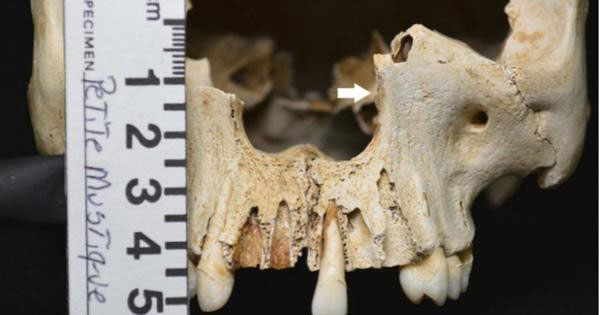An uninhabited island with many deformed skull fragments in the Caribbean has piqued the curiosity of archaeologists. The island, named Petite Musique, is nicknamed Skull Island.
A groundbreaking study recently published in the International Journal of Paleopathology has decoded the secrets of “Skull Island” – revealing it to be an ancient quarantine island for infectious diseases of humanity.

Deformed skull discovered on this uninhabited island
Using radiocarbon dating methods on the deformed skulls found on this uninhabited island, scientists have demonstrated the existence of leprosy in the Caribbean 200 years ago.
According to Ancient Origins, the research team led by Professor Scott M. Fizpatrich from the University of Oregon (USA) noted that evidence of leprosy in this area is extremely rare. However, there is a special record describing a unique hospital in a region that few could reach or escape from, where leprosy patients were exiled from human society in the early 1800s.
“It must have been this Skull Island”, according to Phys.org.
The researchers found that as humans explored the New World and brought back items such as coffee, tobacco, potatoes, and chocolate to other continents, there was also a “trade” of infectious disease pathogens between the two communities. For instance, syphilis was identified as being transmitted from the Americas to Europe, while Europeans brought measles, smallpox, and scarlet fever to the New World.
This trade route brought leprosy to the Caribbean, where people were horrified by the disfigurement the disease caused to the unfortunate victims. Small islands turned into brutal quarantine camps.
The remains consist of incomplete skulls, not due to trauma but due to the disease – which “eats” into the bones – destroying primarily the nasal and upper jaw bones. The horrific history of the disease, combined with the limited living conditions on the island, may be the reason why the island remains uninhabited to this day.


















































